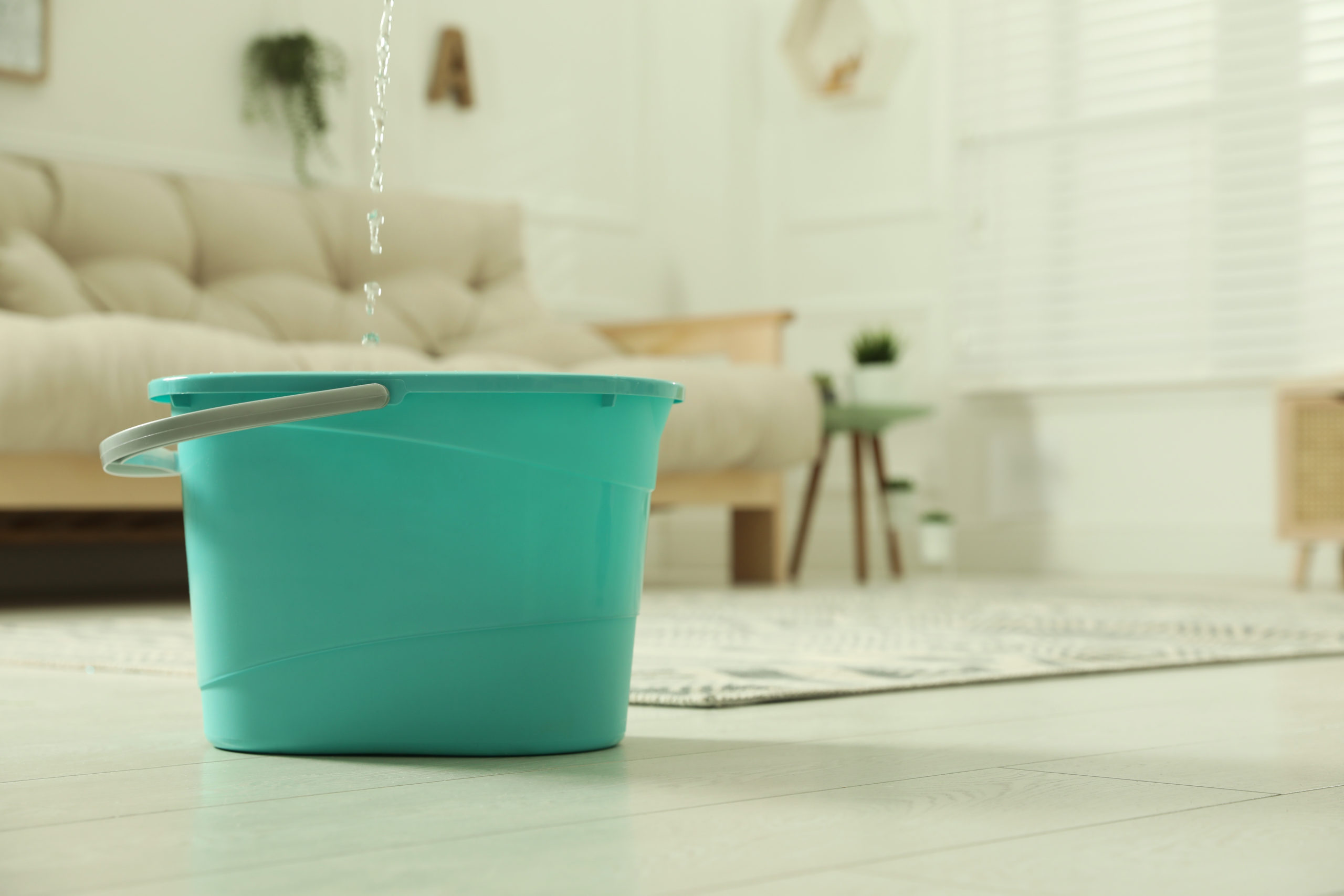In a perfect world, every homeowner would schedule a roof inspection, allowing us to repair any red flags we find. If you’d rather play it by rain, here are the most common areas for a roof leak. So keep your eyes on them, looking for any evidence of moisture, water damage, staining (indicating mold/mildew, or rising humidity levels indicating unseen leaks are at work.
Flashing and valleys
Roof flashing and valleys are part of the general residential roofing anatomy. Roof flashing is used to direct water away from the roof. Typically made from galvanized steel, the flashing components seal any areas of the roof where roofing materials come up against another structural element (like a wall, vent, chimney, etc.). Flashing is also used in roof valleys, where two sloping roof planes form a V.
If the asphalt used to seal flashing breaks down, or if flashing materials are damaged or broken down due to age and environmental exposure, roof leaks are bound to develop.
Anywhere in an old and outdated roof
Roofing systems have lifespans just like everything else. The average asphalt roof has a lifespan of about 15 years, but only if they’re well-maintained. Tile and metal roofs last longer, but still require regular inspections and roof maintenance to prevent leaks.
If your roof is 10+ years old, regular roof inspections, routine maintenance/repairs, and replacements when necessary is the only way to keep it from leaking. Otherwise, an outdated and poorly-maintained roof can spring leaks anywhere and everywhere.
Poorly installed skylights
Skylights are a wonderful way to increase daylight in the home. That said, penetrations created to install skylights create a four-sided perimeter that puts your roof at risk. Always have skylights installed by licensed contractors who know what they’re doing. If you already benefit from skylights or solar tubes, routine roof inspections are essential to catch poor seals or damaged flashing before water infiltrates.
Cracked or damaged chimney
We mentioned chimneys before in #1 when highlighting the potential for leaks around flashing. However, cracks in chimneys also pose problems. Because chimneys run right through the middle of the roof system, cracks, missing bricks/stones, or broken chimney parts mean water has direct access to structural components in the roof.
When was the last time you had your chimney inspected or cleaned? Even if you no longer use the fireplace, chimney maintenance supports a healthy, leak-proof roof. If you don’t plan on using the chimney again, now may be a good time to speak with your roofing contractor about removing it and closing off that section of the roof.
Clogged or damaged gutters
Like flashing, gutters and downspouts exist to direct water off of and away from your roof. If they are clogged with debris, damaged, or disconnected from the roof edge, water won’t drain as it should. Instead, this water dissipates throughout roof materials, pooling and collecting. Eventually, it makes itself known via leaks or damp spots on ceilings and interior walls.
The attic
Yes, the attic is an integral part of the roofing system. Any attic issues contributing to humidity or moisture control problems, such as inadequate insulation or poor ventilation, can cause water build-up. Over time, attic-related moisture problems result in leaks that make their way into the structural materials and living spaces. Unfortunately, these leaks transpire so long that signs of a roof leak aren’t evident until serious damage is done.

